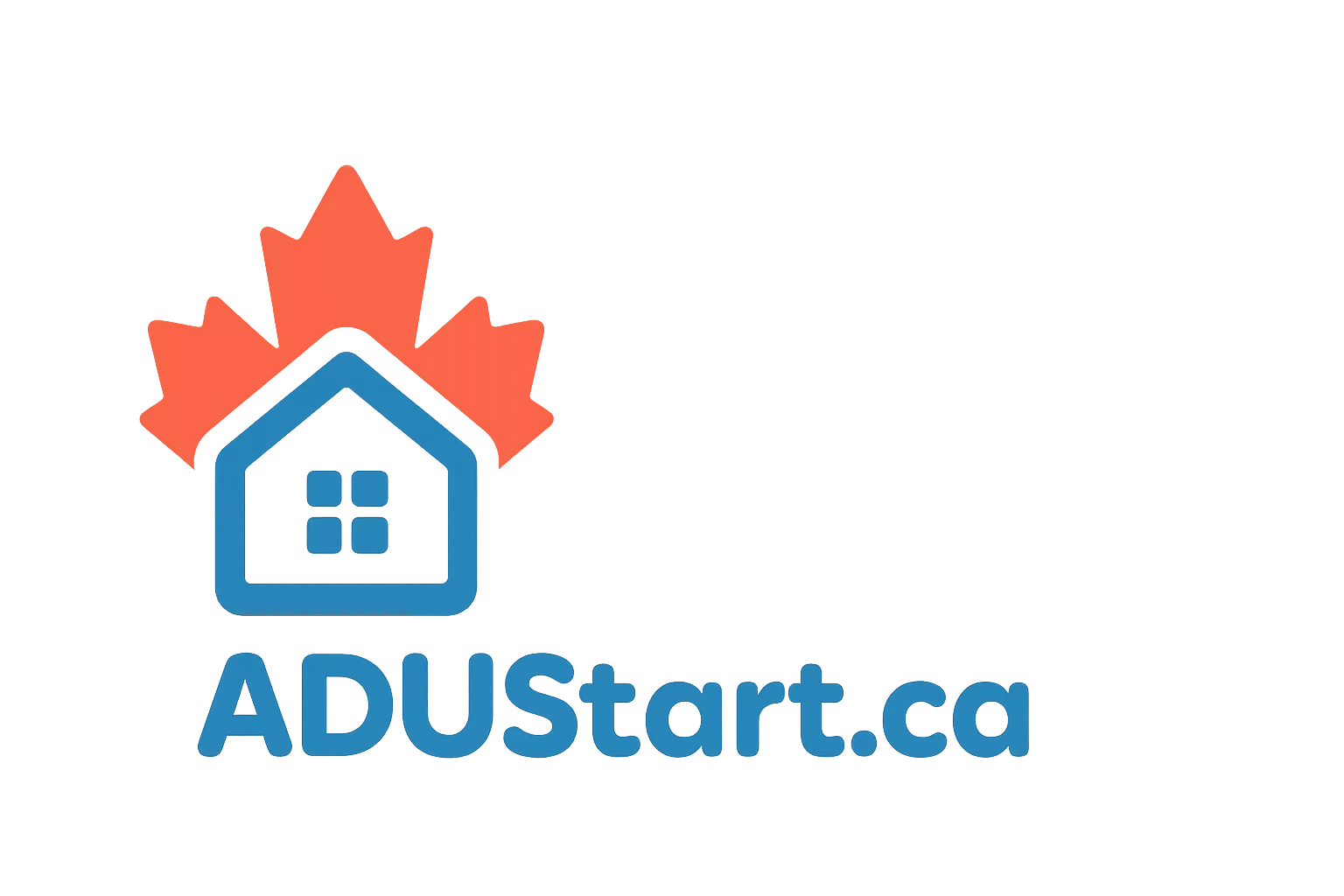
Estimated reading time: 7 minutes
Tiny Home Financing Canada: Creative Lending and Alternative Mortgages for First-Time Buyers
Key Takeaways
- Affordability & Innovation: Traditional banks often fall short in financing tiny homes, paving the way for creative and alternative lending options.
- Understanding Barriers: Tiny home buyers face challenges like property classification, appraisal issues, and strict lender conditions.
- Diverse Financing Options: Solutions include personal loans, family loans, crowdfunding, and specialized products from credit unions or private lenders.
- Preparation is Key: Strong credit, adequate down payments, and professional advice are essential when exploring tiny home financing.
Table of Contents
Understanding Tiny Home Financing in Canada
Why Traditional Mortgages Seldom Work for Tiny Homes
Most tiny homes in Canada do not qualify for traditional mortgage products. This is primarily because:
- Permanent Foundations Required: Banks typically insist that mortgage-eligible homes are built on permanent foundations. Many tiny homes, particularly those on wheels, fail to meet this criterion.
- Minimum Loan Amounts: Lenders often have minimum thresholds that exceed the actual cost of a tiny home.
- Strict Property Criteria: Unique construction, small size, and portability make tiny homes fall outside standard appraisal frameworks.
- Specific Size and Habitability Rules: Homes deemed too small or unsuitable for year-round living are frequently excluded.
As a result, buyers must explore creative lending options beyond conventional banks. For more insight, visit the
Tiny Home Financing Canada Guide and
Everything You Need to Know About Owning a Tiny Home in Canada.
Challenges First-Time Buyers Face When Financing Tiny Homes
Barriers Unique to Tiny Home Financing
Tiny home buyers encounter several hurdles:
-
Property Classification Issues:
- Chattel versus Real Estate: Homes on trailers or movable units are often deemed “chattel,” disqualifying them from traditional real estate loans.
- Impact: This limits access to favorable loan rates offered to conventional buyers.
-
Appraisal Difficulties:
- Lack of Comparables: Fewer sales of tiny homes make it challenging for certified appraisers to set a value.
- Outcome: This may result in loan denials or more stringent conditions.
-
Lender Skepticism and Knowledge Gaps:
- Unfamiliar Territory: Many lenders are new to tiny home valuation, prompting conservative lending practices.
-
Financial Considerations:
- Higher Down Payments & Stricter Credit Standards: Lenders often require more substantial down payments and impeccable credit profiles.
Additional perspectives can be found at
Tiny House Mortgage Loans in Ontario and
How to Finance a Tiny Home in Canada.
Creative Lending Solutions for Tiny Home Buyers
Approaches to Overcome Financing Barriers
Many first-time buyers turn to creative lending strategies to make their tiny home dreams a reality:
- Personal Loans: Unsecured personal loans can finance a tiny home swiftly despite higher interest rates.
- Family Loans: Borrowing from relatives offers flexibility, though it is wise to formalize any agreement.
- Crowdfunding: Platforms like GoFundMe leverage community support to supplement down payments.
- Rent-to-Own Agreements: These enable gradual equity building with low initial costs.
- Manufacturer Financing: Some tiny home companies offer in-house funding that simplifies the process.
Discover more creative methods by reading insights at the
Tiny Home Financing Canada Guide.
Alternative Mortgages for Tiny Home Financing
Exploring Non-Traditional Mortgage Options
Alternative mortgage products extend beyond mainstream banks. Options include:
-
Credit Unions:
- Special Products: Credit unions offer chattel loans suited for mobile and modular homes.
- Localized Lending: They provide more flexible criteria tailored to regional needs.
-
Private Lenders:
- Flexible, Case-by-Case: These lenders evaluate each project on its merits, often at higher interest rates.
-
Peer-to-Peer Lending Platforms:
- Marketplace Model: These platforms connect borrowers with investors for quicker, less bureaucratic funding.
-
Manufacturer/Dealer Loans:
- Direct Financing: Offered by some tiny home companies, these loans streamline the purchase process, though terms should be carefully compared.
For a detailed breakdown, visit the
ADU Financing Canada Guide.
| Alternative Lender Type | Features & Flexibility | Pros | Cons |
|---|---|---|---|
| Credit Unions | Chattel/special mortgage | Local and flexible | Membership required; fewer options |
| Private Lenders | Case-by-case, non-bank | Quick and creative funding | Higher costs and shorter terms |
| Peer-to-Peer Lending | Online borrower-investor match | Flexible and innovative | Variable rates and less oversight |
| Manufacturer/Dealer Loans | Direct financing | Seamless process | Possibly less competitive terms |
Tips for First-Time Buyers Navigating Tiny Home Financing
Preparation and research are the foundation for success. Here are some actionable tips:
-
Prepare Your Finances:
- Credit Score Boost: Improve your credit, clear outstanding debts, and verify your credit report.
- Bigger Down Payment: A larger down payment makes you more attractive to alternative lenders.
-
Research Local and Provincial Requirements:
- Zoning Laws & Insurance: Ensure your tiny home meets local regulations and secure specialized insurance if needed.
-
Work with Experts:
- Mortgage Brokers & Legal Advisors: Professionals with experience in tiny home financing can navigate challenging regulations for you.
-
Seek Out Government Support:
- Grants and Incentives: Look into programs such as the Canada Greener Homes Grant for additional support.
-
Be Open to Creative Lending:
- Combine Funding Sources: Consider mixing personal loans, manufacturer financing, and even crowdfunding.
Conclusion
Tiny home financing in Canada comes with its own set of challenges, but it also opens doors to innovative lending solutions and alternative mortgage products. Whether you’re exploring personal loans, credit union products, or manufacturer financing, the key is thorough research and financial preparation.
For additional details and guidance, check out the
Tiny Home Financing Canada Guide and
How to Finance a Tiny Home in Canada.
Embrace creative lending and explore all available options to turn your tiny home dream into reality.
Frequently Asked Questions
Q: Why do traditional mortgages not work well for tiny homes?
A: Traditional mortgages generally require homes to be built on permanent foundations and meet strict appraisal criteria. Tiny homes often fall short due to their size, construction, or mobility.
Q: What are some alternative financing options available?
A: Buyers can consider options such as personal loans, family loans, crowdfunding, credit union chattel loans, or manufacturer financing. Each has its pros and cons, so it’s essential to research thoroughly.
Q: How important is it to work with professionals when financing a tiny home?
A: Very important. Mortgage brokers, legal advisors, and real estate experts can help navigate the non-traditional requirements and ensure that you secure the best possible financing options.

Leave a Reply